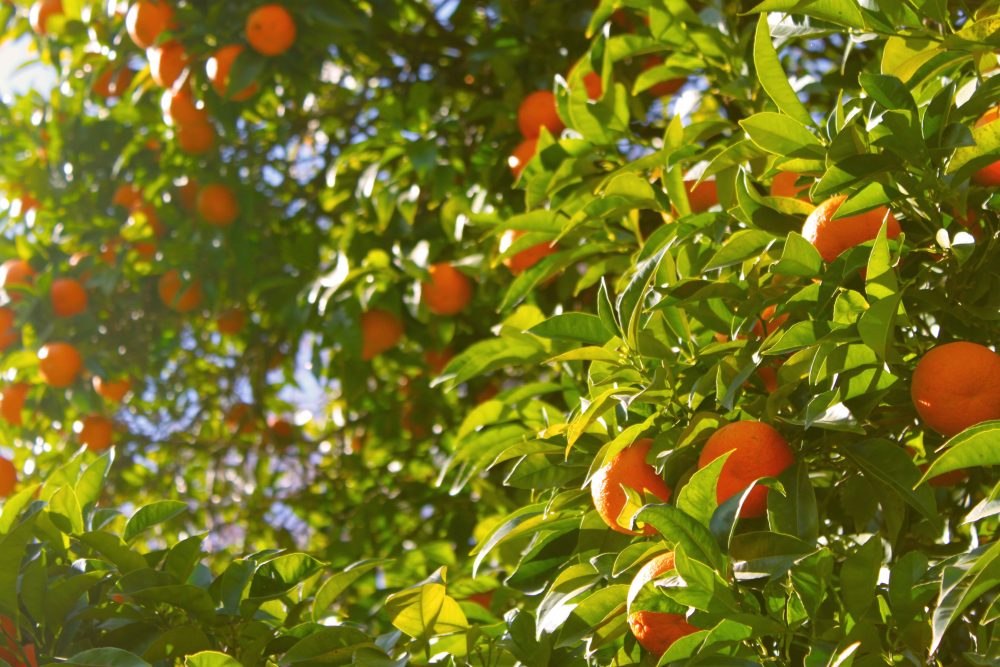Winning on Reducing Food Waste Month
In U.S., One-Third of all Available Food Goes Uneaten Through Loss or Waste.
News Release Edited By Patrick Cavanaugh
Recently, the U.S. Environmental Protection Agency (EPA), the U.S. Department of Agriculture (USDA), and the Food and Drug Administration (FDA) kick off Winning on Reducing Food Waste Month by calling for greater collaboration with public, private, and nonprofit partners as well as state and local officials to educate and engage consumers and stakeholders throughout the supply chain on the need to reduce food loss and waste.
In the U.S., more than one-third of all available food goes uneaten through loss or waste. Food is the single largest type of waste in our daily trash. In recent years, great strides have been made to highlight and mitigate food loss and waste, but the work has just begun. When food is tossed aside, so too are opportunities for economic growth, healthier communities, and environmental prosperity—but that can change through partnership, leadership, and action. Further elevating the importance of this issue, the recent announcement follows a Presidential Message from President Trump acknowledging the month of April as Winning on Reducing Food Waste Month and encouraging public action and participation from all sectors.
“Reducing food waste and redirecting excess food to people, animals, or energy production provide immediate benefits to public health and the environment. I am proud to join President Trump and my federal partners in recognizing April as Winning on Reducing Food Waste Month,” EPA Administrator Andrew Wheeler said. “We are working closely with our federal partners and stakeholders across the nation to reduce the amount of food going to landfills and maximize the value of our food resources.”
“USDA alone cannot end food waste, it will require partners from across the supply chain working together on innovative solutions and consumer education. We need to feed our hungry world, and by reducing food waste, we can more wisely use the resources we have. I am pleased President Trump identified this issue as one of importance, and I look forward to USDA’s continued work with our agency partners at EPA and FDA to change behavior in the long term on food waste,” U.S. Secretary of Agriculture Sonny Perdue said.
“With 1 in 6 people getting a foodborne illness every year in the U.S. and up to 40 percent of food left uneaten, it’s understandable why food safety and food waste are major societal concerns,” FDA Deputy Commissioner Frank Yiannas said. “The FDA is working to strengthen its collaboration and coordination with the EPA and USDA to strategically align our federal efforts between the two issues to better educate Americans on how to reduce food waste and how it can be done safely.”
As part of the month’s observances, on April 9, EPA will host a live-streamed event with USDA and FDA. Additional joint agency actions will be announced at the event regarding the Winning on Reducing Food Waste Initiative. At the event, a panel of food waste stakeholders will share how state and local communities can join the federal government in reducing food waste and loss.
USDA, EPA, and FDA invite public and private partners to participate in Winning on Reducing Food Waste Month through the following:
- Join the conversation: Share your efforts with the #NoWastedFood hashtag in your social media posts throughout the month.
- Educate your community: Learn about USDA, EPA, and FDA programs and resources to reduce food loss and waste.
- Be a U.S. Food Loss and Waste 2030 Champion: Join other corporate and business leaders who have made a public commitment to reducing food loss and waste in their U.S. operations by 50 percent by the year 2030.
The Winning on Reducing Food Waste Initiative is a collaborative effort among USDA, EPA, and FDA to reduce food loss and waste through combined and agency-specific action. Individually and collectively, these agencies contribute to the initiative, encourage long-term reductions, and work toward the goal of reducing food loss and waste in the United States. These actions include research, community investments, education and outreach, voluntary programs, public-private partnerships, tool development, technical assistance, event participation, and policy discussion.




















